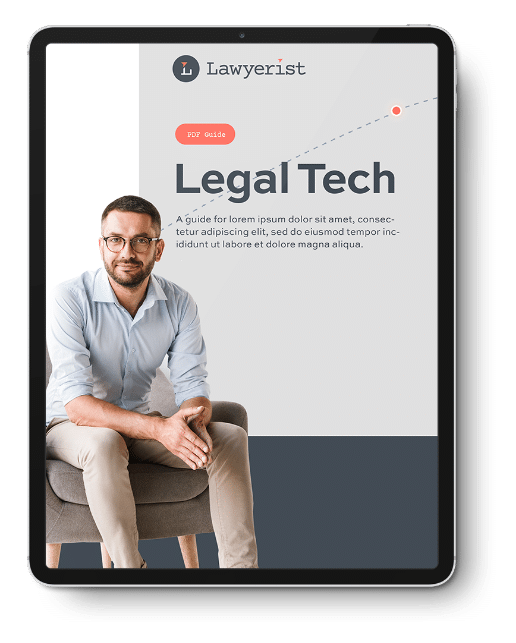Start With Your Needs
When buying legal tech products, we borrow a concept from American author Steven Covey and start with the end in mind. A modern law office won’t choose legal technology and then model its practice around it. First, we determine what we need our technology to do. Then, we prioritize these needs to assess them in order of importance. First, you’ll determine what your office needs your technology to do. Then, you’ll prioritize these needs to assess them in order of importance.
Determining Your Needs
In Chapter 3 of Managing a Small Law Firm, we talk about building and documenting your systems and procedures. Every office should have its practices and procedures mapped out in a continually edited and updated operations manual. This is where we will start.
Using your documented procedures, you will make a list of functions that your legal tech stack will need to accomplish. This can range from simple (sending and receiving email) to complicated (tracking split-origination for commission).
As your operations manual is a living document, so is the documentation of your necessary functions. An attorney who is just starting out may need very basic file storage. An established PI attorney may need complex knowledge management. Legal tech stack documentation will change with the needs of the lawyer.
At this stage, it is most important to document what functionality your current procedures require of your technology. Once you have this list, you can then start to look for applications, platforms, partners, and other legal tech products that fit your needs. Making a wish list of what your future state might look like will come later (and we encourage you to avoid this distraction). For now, you’re simply looking at what your office needs at this moment. If you find that something is missing, head over to our Product Reviews to see what might bridge that gap.
